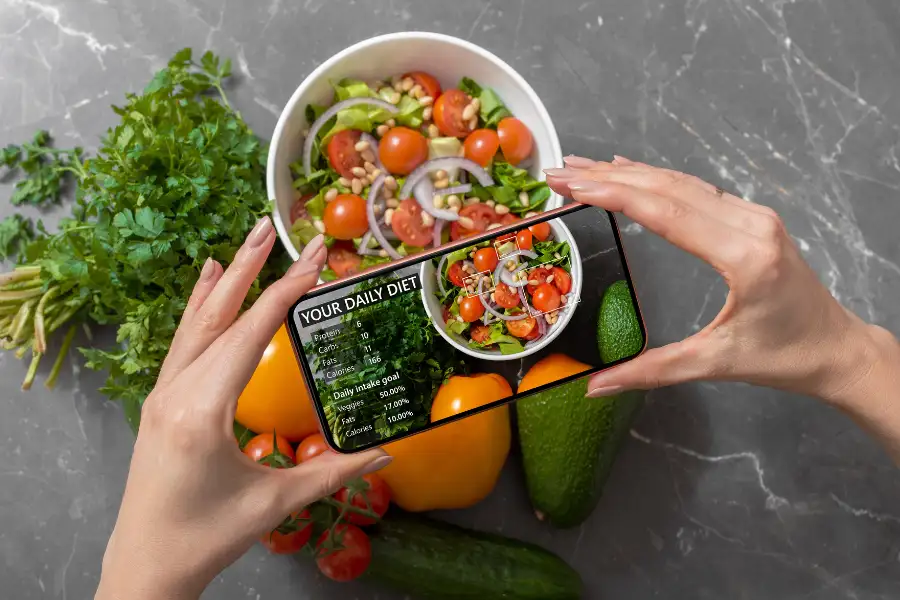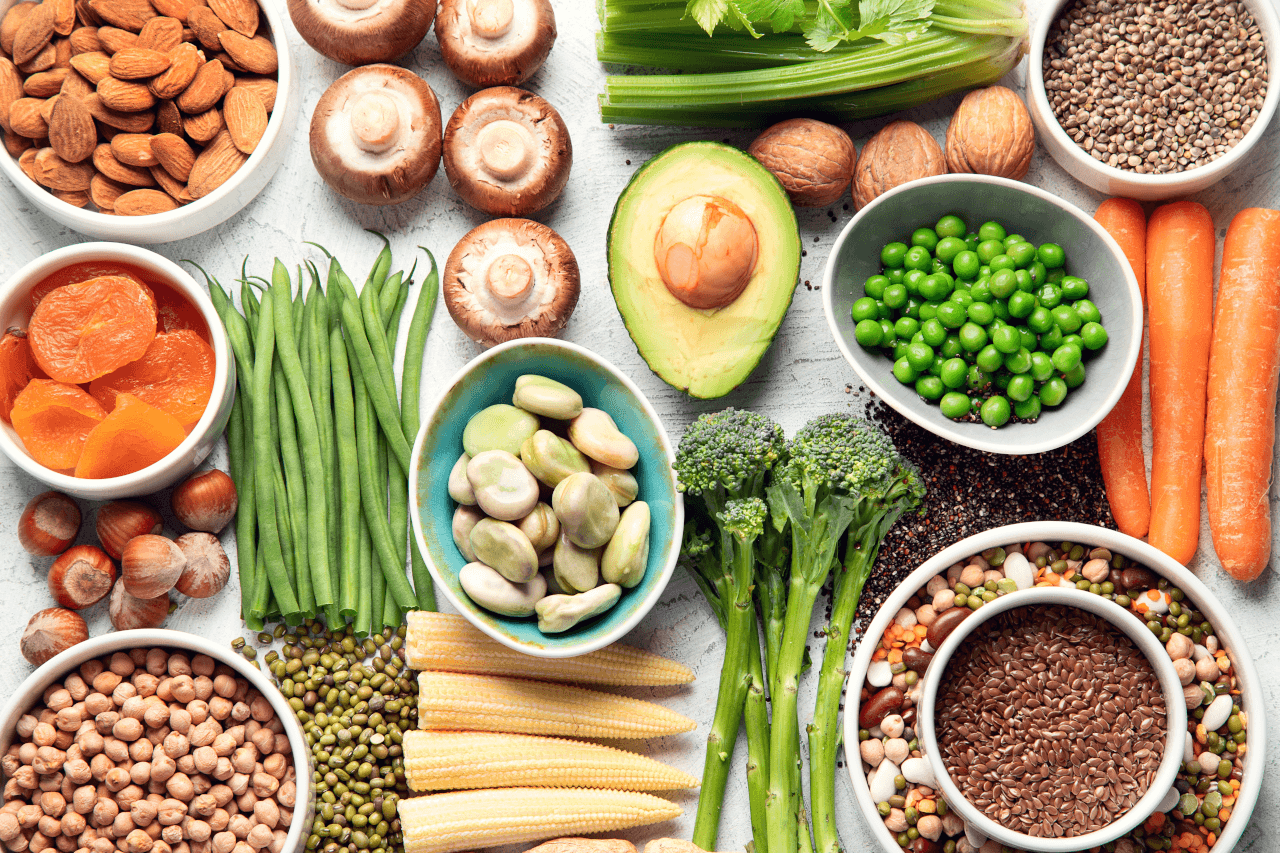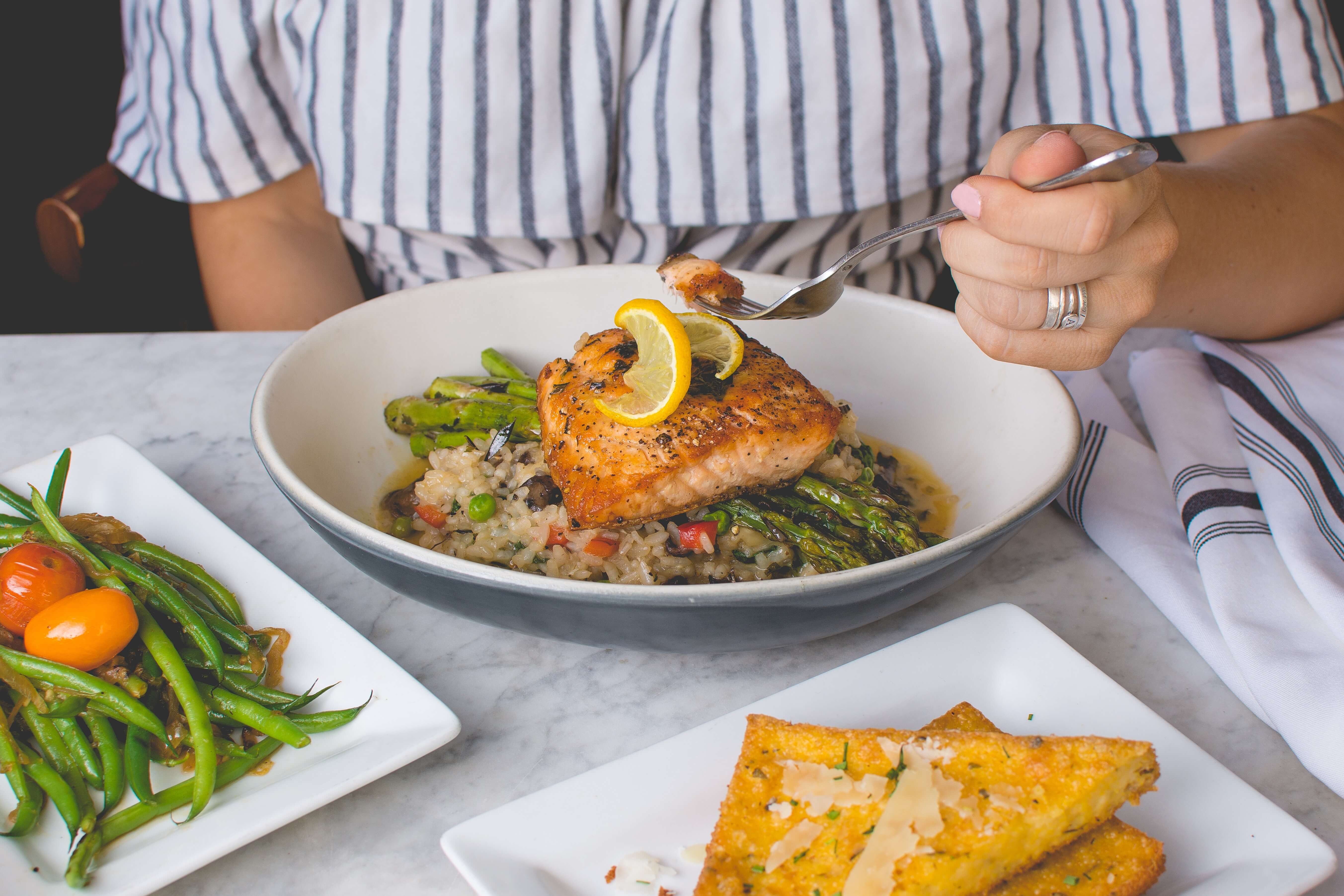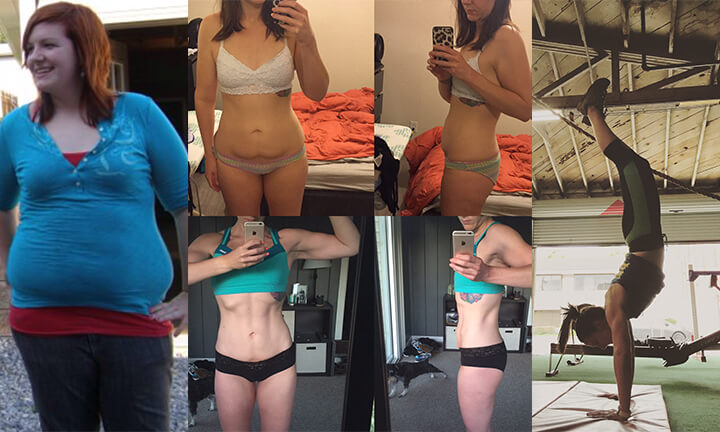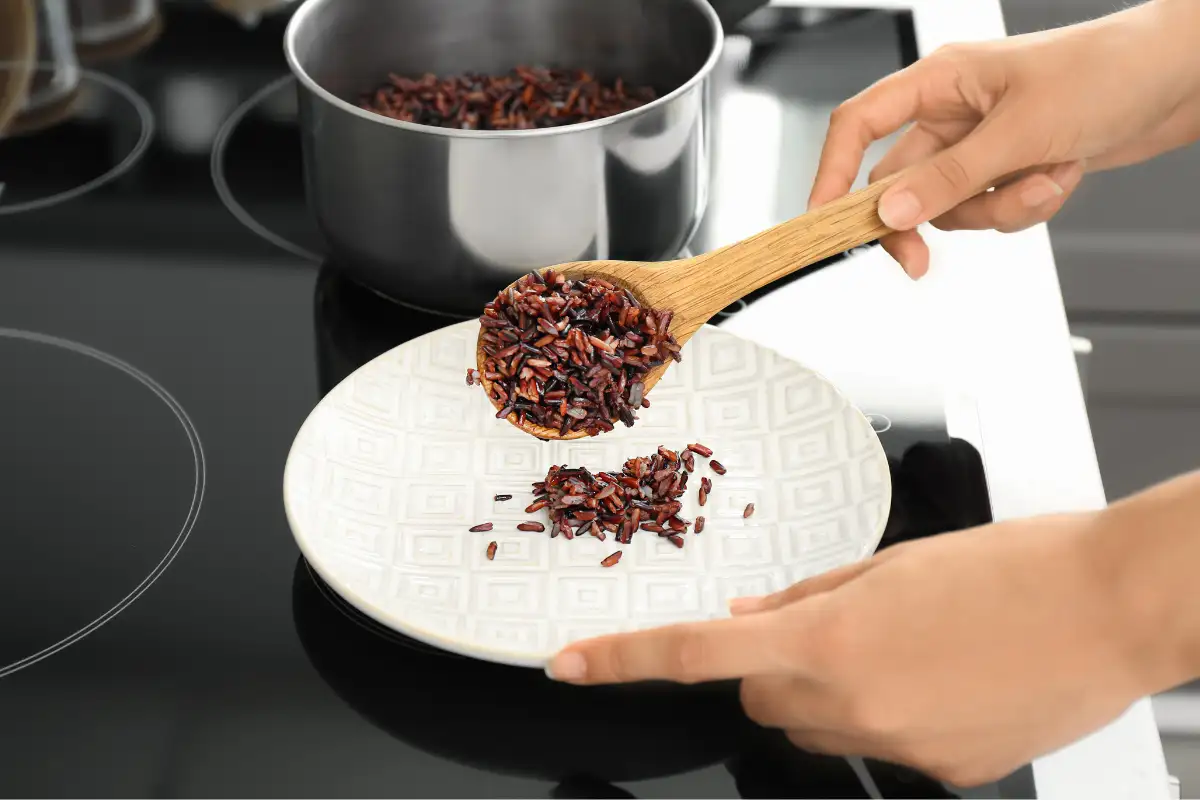
Read More
There is a time and place for precisely tracking everything you eat. There is also a time and place for finding alternatives to macro tracking that allow you to feel accountable for your nutrition choices without the extra math, planning, and phone apps.
